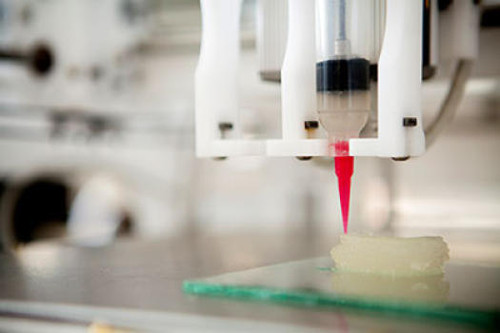Bioengineers Progress In Human Replacement Of The Ear Tissue

Cornell bioengineers and Weill Cornell Medical College physicians have made a real breakthrough in the medical realm with their artificial ear, which looks and acts like a natural ear. It was created using 3-D printing and injectable molds made of living cells. A digitized 3-D image of a human subject’s ear was converted into a digitized “solid” ear using a 3-D printer to assemble a mold; the collagen served as a scaffold upon which cartilage could grow. You need half a day to design the mold, a day to print it, 30 minutes to inject the gel, and 15 minutes later the ear is ready. Dr. Jason Spector, director of the Laboratory for Bioregenerative Medicine and Surgery and associate professor of plastic surgery at Weill Cornell in New York City, claims that the novelty might be widely used in reconstructive surgery to help children with a congenital deformity called microtia, which is when the external ear is not fully developed. Spector is sure that, “A bioengineered ear replacement like this would also help individuals who have lost part or all of their external ear in an accident or from cancer.” A great advantage of this ear is that using human cells, specifically those from the same patient, must reduce a possibility of rejection. It is now planned that the first human implant of a Cornell bioengineered ear will be tried in about three years, in case all the tests prove to be successful.
Via:sciencedaily.com
| Tweet |










